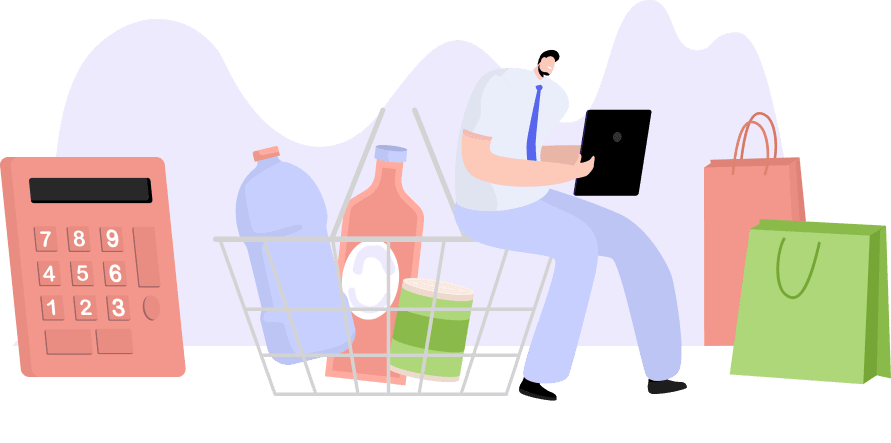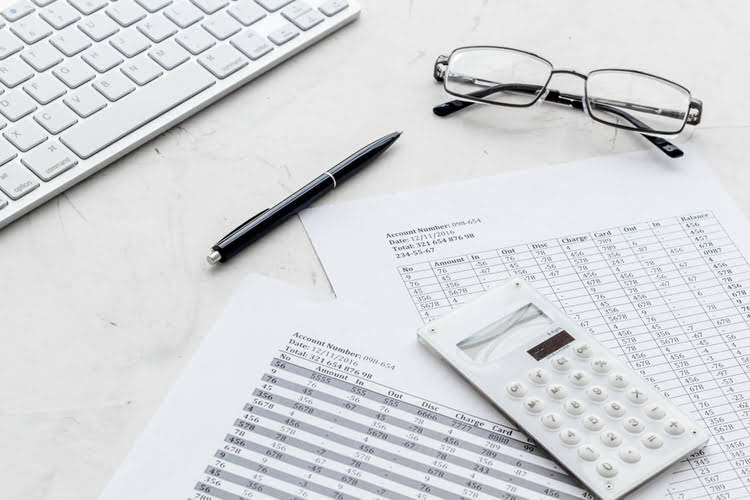
For example, a craft brewer might send out a planned PO when they get down to their last pallet of bottles. An example of how to raise a purchase order using purchase management software. This article breaks down what a purchase order is, how purchase orders are managed in modern business, and the steps to take to create and raise a PO. To automate the process, you need to outline the steps necessary to take a purchase order from beginning to end. Create a step-by-step workflow showcasing interactions as well as where document data is inputted and transferred during the transaction. Once you’ve entered the system, you’ll start adding details, like who the vendor is (usually from a drop-down menu), what type of work they’ll be doing, and your estimated spend.
Full Form of PO
CPOs are commonly used in industries where a buyer has an ongoing need for a particular product or service and wants to establish a long-term relationship with a supplier. These contracts detail the items or services to be purchased and serve as a reference for subsequent orders, streamlining the procurement process and ensuring consistency in terms and pricing. PPO represent long-term commitments to purchase products or services from a particular supplier over time. These orders include detailed information such as estimated quantities, pricing, billing account, and tentative delivery dates. When the goods that need to be purchased are agreed upon, the purchase order is created. The PO lists the date of the order, FOB shipping information, discount terms, names of the buyer and seller, description of the goods being purchased, item number, price, quantity, and the PO number.
AI-Powered Procurement Automation
- Finance departments will be better able to analyze how money is being paid to vendors, and whether there are opportunities to become more efficient and eliminate waste.
- It acts as a contractual agreement once accepted by the seller, detailing the items to be sold, their quantities, and the agreed-upon prices.
- Purchase orders are created by the buyer, invoices are produced by the vendor – the person or business providing items, materials or work.
- Upon receiving the order, LM Furniture delivers the chairs on the agreed-upon date and sends an invoice for 250,000 rupees.
- Nowadays, the PO process is no longer paper-based, and the buyer usually sends its suppliers an electronic PO.
Now that we know what a PO is — and how that differs from an invoice — I can explain how businesses use these documents in their accounting practices. While this is a realm filled with jargon, I’ll break it down in plain, simple English. Digital purchase orders (DPO) are electronic purchase orders created through an automated PO system as part of the PO process.
- Whichever method you decide to progress with, remember to always separately write down the vendor’s name, main order details, and date of validity for future reference.
- However, it’s essential to note that the contractual nature of a purchase order might vary based on jurisdiction, industry practices, and the specific terms and conditions included in the purchase order.
- At that point, it’s likely that both the payment and an invoice were sent, which puts both parties in a significantly more complicated legal situation.
- See how BigCommerce helps you build and manage your online store with ease.
- Purchase orders and invoices are important documents for any business, and yet they are frequently confused.
- In some cases, to support large orders, a more detailed, formal legal contract is also created and signed by the parties.
Making it legal – and accountable
With everything they need to know in one place, the purchasing process is straightforward—so there will be no back and forth and no miscommunication. In the same way that invoice numbers help you manage invoices, by assigned a PO number to each purchase order, you can easily track the orders you’ve sent. Purchase orders help you better account for all of the goods and services your company has ordered, keep tabs on how you’re paying for them, and track when they’re arriving. When invoicing, vendors usually include the purchase order number (PO number) included on the original purchase order, so that finance can make sure the information on both forms is the same. A purchase order is issued by the buyer, who wants to make sure they got exactly what they po meaning in business ordered, while an invoice is issued by the vendor, who wants to make sure they get paid. Bench simplifies your small business accounting by combining intuitive software that automates the busywork with real, professional human support.

BPOs are less precise than the standard purchase order since they contain unspecific delivery dates and quantities of the items. Before purchase orders are created and submitted, employees must get approval for an order from their organization, usually from the purchasing department. Once reviewed and approved, the PO can be created and sent to the vendor. And even if your company doesn’t have a formal procedure for creating a PO, you may still need to generate a PO to serve as a form of contract for your purchase. The purchase order contains details like the type and quantity of items, agreed prices, delivery date, and payment terms.
Full Form of PO – Purchase Order
- Planned purchase orders (PPOs) are long-term purchase agreements with a commitment to buy goods or services from a specific vendor over time.
- Purchase orders provide legal protection to the seller if the buyer fails to pay.
- The PO number links the invoice directly to the initial purchase order, providing a clear reference point for both the buyer and the seller.
- Specify the shipping address where you want the goods delivered and the billing address for payment purposes.
- If you want to create your purchase order following the above format, download our easy-to-use purchase order template.
- They help prevent misunderstandings or mistakes when dealing with suppliers by providing a clear record of the agreement.
Instead, these details are specified later through release orders (or “call-offs”) based on demand or production schedules. Purchase orders are legal documents that help businesses keep accurate records of their spending, inventory, and payments. Numbers is often the most efficient and safest way for businesses to make transactions. If the supplier can fulfil the purchase order, they will accept the order, which forms a legally binding contract between the buyer and supplier.
How to Create a Purchase Order

Learn how to build, read, and use financial statements for your business so you can make more informed decisions. For example, a clothing retailer ordering winter clothes in October might use a PO number such as PO2023-WC-OCT-50. ‘WC stands for winter clothes, ‘OCT’ stands for the month, and ’50’ stands for the quantity. Digital systems are designed https://www.bookstime.com/articles/semimonthly-vs-biweekly-payroll to handle this growth, accommodating more extensive operations without the need for significant overhauls or system changes.


Once a PO is created, clients can directly attribute these figures to the budgets of their organizations. It’s an advantage for any company to have transparent documentation that describes how much is being spent and on what purposes. They can help you control your spending, track your inventory assets = liabilities + equity and ordering supplies, and streamline the process of purchasing goods. Overall, a purchase order transaction involves the coordination and commitment of both the buyer and supplier. Diligently fulfilling their respective roles ensures a successful transaction benefiting both parties.
Leave a Reply